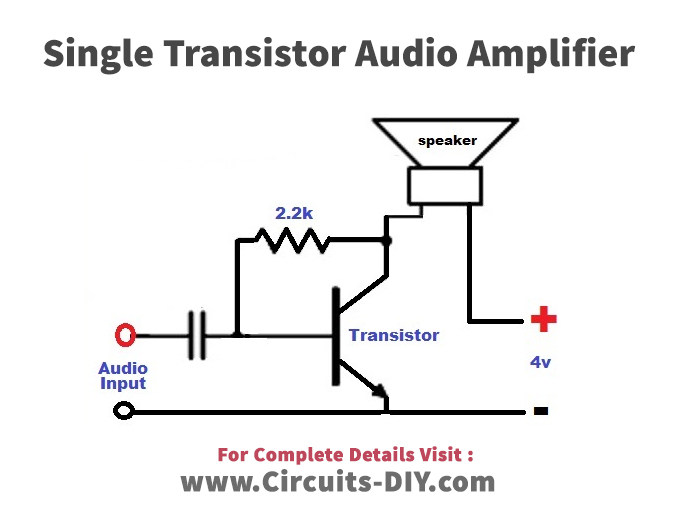

There are three types on the basis of Method of coupling. Transistor Amplifier Class: Based on Coupling method − The amplifier circuit formed using a Common Collector configured transistor combination is called a CC amplifier. CC or Common Collector Amplifier Configuration − The amplifier circuit formed using a Common Base configured transistor combination is called a CB amplifier. C B or Common Base Amplifier Configuration − The amplifier circuit formed using a Common Emitter configured transistor combination is called a CE amplifier. C E or Common Emitter Amplifier Configuration They are – Common Emitter, Common Collector and Common Base types. Transistor Amplifier Classes: There are three types on the basis of configurations. Transistor Amplifier Class: Based on Configuration It helps to achieve all the gains as well as it eliminates the negatives. − Class AB amplifiers: Class AB amplifiers are formed by combining A and B classes. − The collector current carried for the less than half the cycle (< 0.5 Cycle) of applied input alternative current signal. − The collector current pass through for half-cycle (equal to 0.5 Cycle) of applied input alternative current signal. − The collector current carried through for the entire cycle (One Cycle) of applied alternative current signal. The condition is as follows: Class-A Amplifier Transistor Amplifier Class: as per Biasing and modeĪs per the biasing and mode of operation, classifications are class A, class B, class C, and Class AB type transistor amplifiers. −The radio amplifier capable of amplifying the input signal in the radio frequency range or lie in a very high-freq.

− The audio amplifier circuit capable of amplifying the input signal in the range marked for audio signals, i.e., Frequency Range: from 20Hz to 20 kHz range. range, there are two types of an audio amplifier and radio amplifier. Transistor Amplifier Class: as per the frequency rangeĪs per the signals freq. − It is the amplifier circuit that increases the input signal’s power level (P 0) is called a Power amplifier.

− It is the amplifier circuit that increases the input signal’s voltage level (V 0) is called a Voltage amplifier. They are – Voltage Amplifiers and Power Amplifiers. If the output is considered as parameters, then the amplifier can be of two types. − If the fluctuations existing in collector current are to be high enough, then it’s is termed as a large-signal amplifier circuit. − If the input signal is very weak to generate minor or insignificant fluctuations in the collector current than quiescent value, then it’s termed as a small-signal amplifier circuit. Transistor Amplifier Class: as per the input signalĪs per the input signal’s level the categorization are as follows: Image credit :Filip Dominec, Transistor amplifier design, CC BY-SA 3.0 Small signal Amplifier – This circuitry has multiple transistor circuits that be responsible for multi-stage amplification in the course of operation. − The circuit comprising one transistor circuitry for only step of amplification. That will also be discussed.Īlthough there are diverse classification of the amplifier as per different parameters are as follows: Transistor Amplifier Classification Transistor Amplifier Class: as per the number of stagesĪs per the number of stage of amplification, there are two class is available in transistor amplifiers, are Single-stage Amplifier However, transistors have been used as an amplifier in different circuits and various stages, mode, configurations, etc. In this article, different transistor types will be discussed, primarily related to bipolar junction transistor (BJT) and field-effect transistor (FET) and their characteristics.


 0 kommentar(er)
0 kommentar(er)
